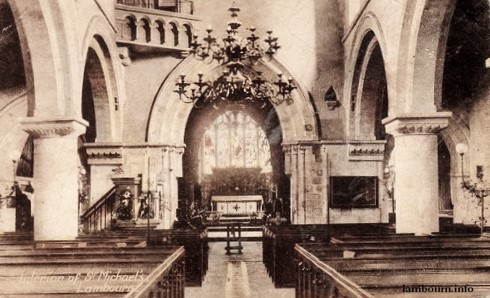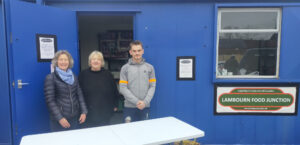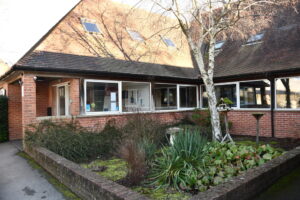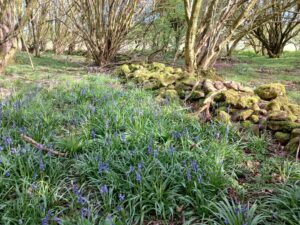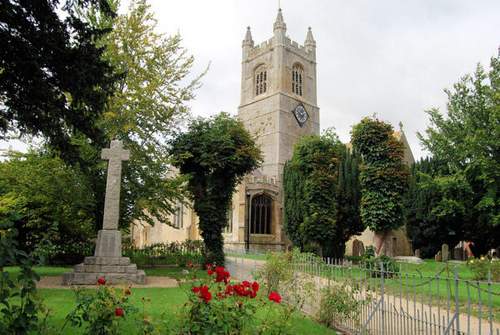
FROM THE VICAR JULIE MINTERN –
CHANGES TO FUNERAL ARRANGEMENTS DUE TO COVID-19 PANDEMIC
‘This is a time of pain especially if you are mourning the loss of a loved one. Myself and Christine understand that it’s so difficult when you can’t go to a funeral, whether for family, friend or neighbour. We are feeling your pain.
Many are facing this in the current crisis, so this short reflection has been specially written for you to do at home, alone or with those who share your home. Light a candle, have a photo nearby as the time of the funeral nears. You might ask others to take part at the same time from their home.
When this time of social distancing is over, there may well be an opportunity to meet together at a special time of remembering and thankfulness in church. Your memories now can be part of that experience when the time comes.’
The link is https://www.churchofengland.org/sites/default/files/2020-03/Funerals%20liturgy%20at%20home%20public.pdf
St Michaels is located in the heart of the village at the intersection of the two main roads. It is the largest church in Lambourn and dates back to Saxon times.
The first written record of a church at Lambourn is from 1032, in a charter of Cnut, but it seems highly likely there was a Saxon church here several centuries earlier. Charters in 934 and 955 mention Lambourn, and Alfred the Great mentions a royal manor at Lambourn in his will. Though circumstantial, these documents suggest that an important Saxon church, perhaps a minster, stood here at least as early as the 9th century (a minster acted as a ‘mother’ church for a region, and may have had resident priests who traveled out from their base to preach and minister to their far-flung flocks). The circular shape of the churchyard suggests that the site may have been in use in Roman times, or even earlier.
The current church of St Michael and All Angels was begun in the 12th century, with major rebuilding in the 13t, 15th, and 19th centuries. The core of the building dates to about 1180, and is constructed on a cruciform plan. To the 12th century core was added a pair of transepts in the 13th century, several 14th century chantry chapels, and the chancel and upper portion of the tower were rebuilt in the 16th century.
